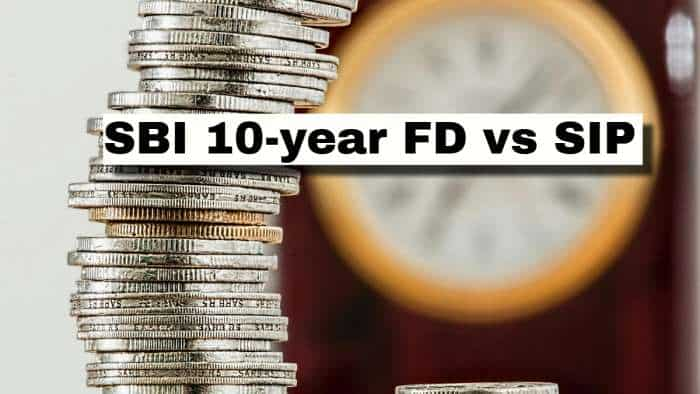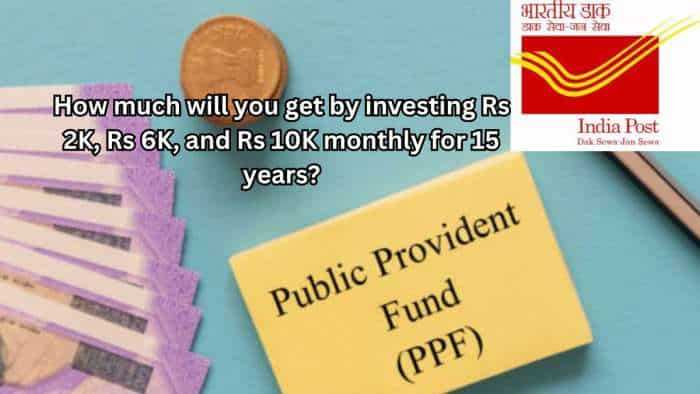After Neo Banking in 2020, 2021 belongs to Hybrid Banking? What is it? Its advantages? Demands of customers? All you need to know
“Digital only banks in India have a long way to go. Hybrid banking will thrive to meet the needs of the new economy”.

In India, fintech startups raised a massive $3.7 billion in investments in 2019. India has the highest adoption rate globally for technology in financial services. In fact, the return on investment for fintech startups in India is 29%, which is 9% higher than the global average of 20%. This has led to the rise of a new breed of fintech startups, offering varied services from digital payments to video KYCs to digital lending, to now ‘Neo Banking’. Lalit Mehta, Co-founder & CEO, Decimal Technologies, shares more details on this:-
Neo Banking still has time
‘Neo Banking’ has become a buzzword in 2020. Neo Banks are digital banks that operate purely online with no physical branch. Given the intensive expenses associated with setting up physical banks, especially in remote locations, digital banks are a much more cost-effective and scalable option. The need becomes even greater in a pandemic-ridden, socially distanced world that we live in today.
Globally, the neo banking model has seen a rise in uptake. Countries outside India have independent, virtual banks exclusively offering digital services. In India however, the model has been different given the Reserve Bank of India (RBI) presently does not allow pure-play digital banks to operate yet. Indian Neo Banks like NiYO, RazorPayX, Instant Pay etc., collaborate with traditional banks and support them with customer acquisition as well as new-age digital services. Owing to regulatory compliance, Neo Banks in India are expected to become mainstream in the next 2-3 years. In the meanwhile, the country will see the rise of a Hybrid banking model, which will become the norm.
What is Hybrid Banking?
In a Hybrid model, there is seamless integration of financial services into the digital solutions to meet the demands of today’s new age customer and the socio-economic environment. In a hybrid banking model, financial institutions combine the brick and mortar physical banking approach with virtual banking. This approach leverages the Internet as a strategic tool to offer complex products at lower costs, without compromising on quality of services. Moreover, to survive cut-throat competition in the sector and to leverage the new opportunities of online and mobile banking facilitated by the Internet, banks have no option but to innovate and adapted a hybrid, 'clicks and mortar' model.
What do customers want?
In a country as diverse as India, it is hard to eliminate physical banking altogether given the disparity in age of the population, education, access to technology and digital-savviness. There is a significant population, especially of senior citizens in India who are less inclined to go digital, but have tried to adapt to it in the current times. However, given a chance, these traditionalists would not hesitate to revert to their old ways. New age-customers however, are increasingly turning to more holistic digital services to meet all their banking needs and would prefer to eradicate the need to go to a bank completely. They want to forego outdated practices of the past. Maintaining a balance to ensure customer satisfaction is where the key to success lies.
Advantages of Hybrid Banking
Hybrid banking combines the best of both worlds that ultimately leads to increased productivity, efficiency, flexibility, cost-effectiveness and an improved bottom-line. Rapid customer acquisition through quicker account setup, faster approval of loans, reduced paperwork, fraud detection, mobile deposits are only some of the benefits that customers can enjoy with Hybrid banking, while still getting personalised relationships at physical banks.
The process of transformation from a bricks and mortar into a ‘clicks and mortar’ model will herald a new era in India’s banking ecosystem. Hybrid banking will enable long term sustainability of financial institutions by offering multi-channel strategies covering all categories of consumers, while reducing transaction costs. Evidently, with a substantial percentage of traditional consumers adapting new technologies, and new consumers demanding extension and innovation of existing services through mobile banking, banks need to integrate backward and forward, through the Hybrid model, to remain relevant in the an ever-evolving financial services sector.
Get Latest Business News, Stock Market Updates and Videos; Check your tax outgo through Income Tax Calculator and save money through our Personal Finance coverage. Check Business Breaking News Live on Zee Business Twitter and Facebook. Subscribe on YouTube.
RECOMMENDED STORIES

LIC Saral Pension Plan: How to get Rs 64,000 annual pension on Rs 10 lakh one-time investment in this annuity scheme that everyone is talking about

Gratuity Calculation: What will be your gratuity on Rs 45,000 last-drawn basic salary for 6 years & 9 months of service?

Rs 1,500 Monthly SIP for 20 Years vs Rs 15,000 Monthly SIP for 5 Years: Know which one can give you higher returns in long term

LIC Saral Pension Plan: How much should you invest one time to get Rs 64,000 annual pension for life?

Income Tax Calculations: What will be your tax liability if your salary is Rs 8.25 lakh, Rs 14.50 lakh, Rs 20.75 lakh, or Rs 26.10 lakh? See calculations

Monthly Pension Calculations: Is your basic pension Rs 26,000, Rs 38,000, or Rs 47,000? Know what can be your total pension as per latest DR rates
01:08 PM IST











 RBI lowers risk weight on bank finance to NBFC, microfinance loans
RBI lowers risk weight on bank finance to NBFC, microfinance loans  PNB reports Rs 270.57 crore loan fraud by Gupta Power Infrastructure
PNB reports Rs 270.57 crore loan fraud by Gupta Power Infrastructure  Recapitalisation, reforms have worked well for public sector banks: SBI Chairman
Recapitalisation, reforms have worked well for public sector banks: SBI Chairman Fund misappropriation led to RBI action on New India Co-operative Bank
Fund misappropriation led to RBI action on New India Co-operative Bank  RBI asks NBFCs to become part of Unified Lending Interface for better financial inclusion
RBI asks NBFCs to become part of Unified Lending Interface for better financial inclusion